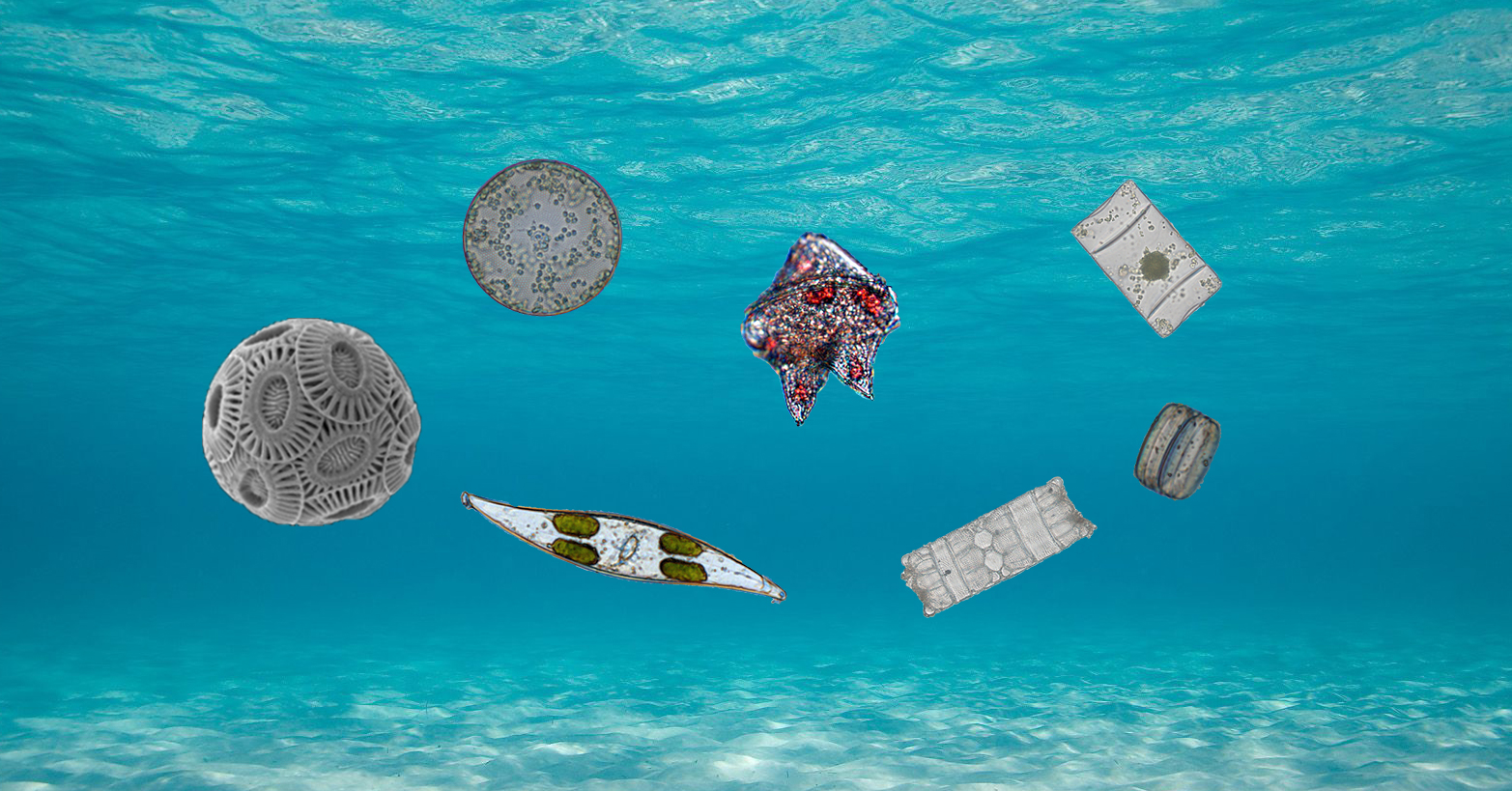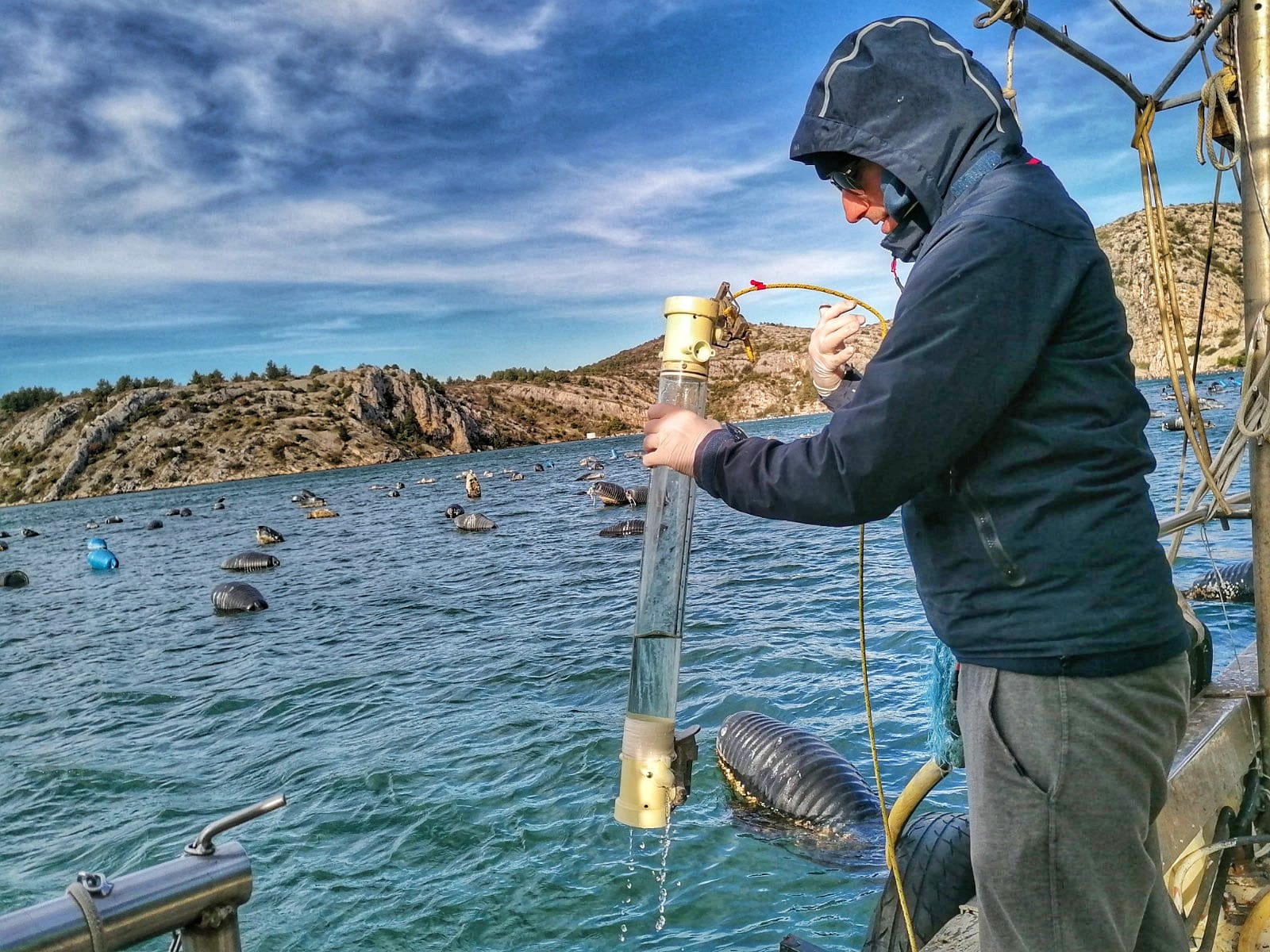Phytoplankton are small, invisible organisms that are extremely important for the functioning of the marine ecosystem. Not only do they produce oxygen and new organic matter, but they also influence climate regulation by absorbing CO2 from the atmosphere and converting it into food for other marine organisms.
Through long-term research on the number and composition of the phytoplankton community, we observe natural phenomena and patterns to distinguish them from those that disrupt the marine system. The data we have collected during 14 years of sampling in the central Adriatic allows us to better assess and understand these mechanisms.
Under the leadership of Dr. Sanda Skejić from our Laboratory for Plankton and Shellfish Toxicity, a scientific paper is published “Phytoplankton Assemblage over a 14-Year Period in the Adriatic Sea: Patterns and Trends”, which is of exceptional importance for the research of phytoplankton communities in the Adriatic Sea.
This is one of the few studies that focuses on the biodiversity of the phytoplankton community and provides insight into the interannual patterns, seasonal and vertical distribution of phytoplankton organisms in a changing environment.
The paper was published in a special issue of the journal “Biology”, which focuses on the impact of climate change on marine plankton.
It was created in collaboration with colleagues from the University Department of Marine Studies in Split and the National Institute of Biology, Piran Marine Biological Station.
Link to the paper: https://doi.org/10.3390/biology13070493
During the research period, 435 phytoplankton species were recorded. An increase in species diversity was observed, but at the same time a decrease in the density of phytoplankton, especially the most numerous group – the diatoms. Due to global climate change, the differences between the seasons are becoming less pronounced, so that the characteristics of certain phytoplankton species for a particular season are being lost. Only the group of dinoflagellates, which like warmer seas, has maintained its seasonal cycle, i.e. they are more numerous in summer and, moreover, their species diversity has increased.
We can say that the trend of increasing species diversity of dinoflagellates is related to the trend of increasing sea surface temperature as well as the trend of increasing solar radiation.

